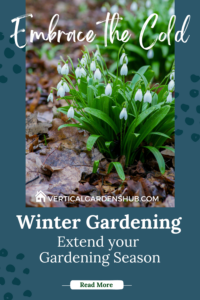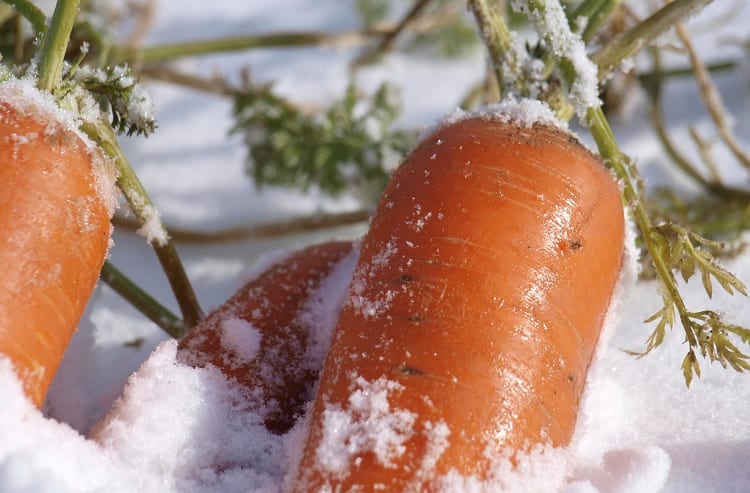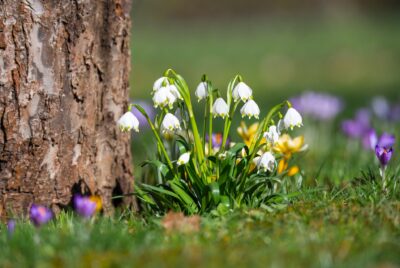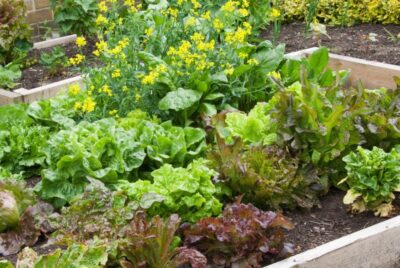Winter Gardening: Embracing the Cold
Welcome to winter – a great season for gardeners. Many believe winter gardening is about cleaning up leaves, pruning, and planning for Spring. These are necessary projects for your garden, but planting, tending, and harvesting during the winter months can be a fun and rewarding experience even with the chilly weather and the shorter days.
In this Article:
- Introduction
- Benefits of Winter Gardening
- Suitable Plants for Winter Gardening
- Preparing Your Garden for Winter
- Timing is Everything
- Watering in the Winter
- Winter Container Gardening
- Common Mistakes to Avoid
- Feeding the Wildlife
Benefits of Winter Gardening
While it might seem counterintuitive, there are several reasons why gardening during the winter is a fantastic idea. First and foremost, it allows you to extend your gardening season, providing fresh produce and vibrant greenery during the colder months. Moreover, include the cost effectiveness of growing your own produce and the bonus of an excellent way to combat the winter blues, extra activity and keeps you connected to the natural world.
Suitable Plants for Winter Gardening
Learning how to pick the best plants to grow in the winter can be daunting. The first task is to consider the zone in which you live (US) (Canada). Also consider whether annual or perennial plants or a mixture of both is best for you and your lifestyle and budget.
(Image courtesy of Gardens Alive, Inc)
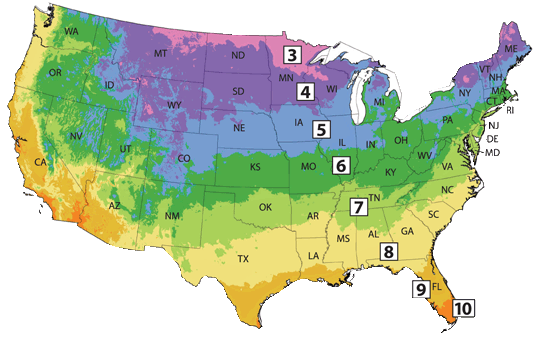
Hardy Vegetables and Herbs
Winter gardening can thrive with cold-hardy vegetables such as kale, lettuce, spinach, carrots, broccoli/cauliflower, and Brussels sprouts. These resilient plants can withstand frost and even taste better after a cold snap. Herbs like rosemary, basil, thyme, parsley, cilantro, and sage are also great choices.
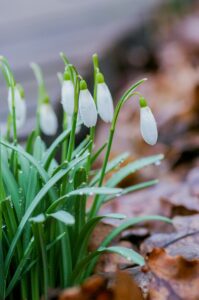
Flowering Plants
Plenty of winter flowers bloom during the darkest, coldest times of the year. You can count on these cold-hardy flowering plants to give your winter landscape a splash of color. The all-stars are winter pansies, snow drops, lenton rose, Japanese maples or winter aconite.
Ornamental Evergreens
Consider ornamental evergreens like holly, juniper, or ornamental cabbages to add a touch of color and festivity to your winter garden. Their vibrant foliage can brighten up your landscape during these gloomy winter months.
Preparing Your Garden for Winter
Mulching and Insulation
Mulch is essential to help maintain soil temperature and protect plant roots from freezing. The best time to apply winter mulch is just after the first hard frost – it stabilizes the temperature of the soil and creates a cozy blanket for your plants. Depth should be about 3 inches with avoiding placement against the plants base.
Frost Protection Techniques
Be prepared for frost by having frost blankets or cloths on hand. These can be a lifesaver for your delicate plants and insulating containers. Consider constructing mini greenhouses for added protection.
Timing is Everything
Timing is critical in winter gardening. A resource for any gardener is planting timing tables which give guidance on when the best time to plant is for any given region. Planting too late can expose your garden to the harshest winter conditions, while planting too early might lead to weak growth. Research the average first frost date in your area and plan accordingly.
Watering in the Winter
In winter, plants don’t need as much water as in other seasons. Watering is only necessary 1-2 times per month to provide just enough water for the crown and roots. Overwatering can lead to root rot even in winter.
When you do water, it’s best to do it on days when the temperature is above 40 degrees Fahrenheit. This allows the plants to absorb the moisture before nighttime when it’s colder.
Winter Container Gardening
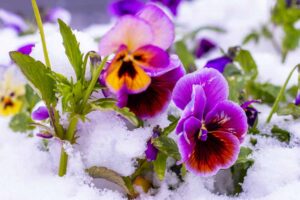
Many perennial plants such as roses and peonies can be grown outdoors in containers and kept alive through winter. However, protecting those plants can be difficult – even plants that are cold-hardy sometimes can’t manage the harsh conditions.
If you want to try your hand at winter gardening with containers, make sure your containers are made or fiberglass, stone, concrete or even wood. Moving your containers to a protected area is a good idea to help shield from snow, wind or rain. For plants, hardy annuals like kale, pansies or cabbage or semi-hardy plants that can withstand light frosts of 29 to 33 degrees Fahrenheit. Add mulch and be ready with frost blankets for protection.
Common Mistakes to Avoid
To ensure the success of your winter garden, avoid common mistakes like neglecting frost protection, overwatering, and planting the wrong plants for the season. By steering clear of these errors, you’ll be on your way to a thriving winter garden.
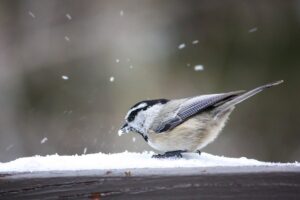
Feeding the Wildlife
Don’t forget there is still life teeming in the garden for you to enjoy. Birds, squirrels, and chipmunks can be attracted to your property with feeders of seed, suet, and dried corncobs. Go one step further and provide a heated bird bath for our feathered friends to drink and bathe.
Final Thoughts
Gardening during the winter can be a fulfilling activity with added health benefits. Whether you have a green thumb or winter gardening for the first time, you’ll be well-equipped to enjoy fresh produce, maintain a vibrant landscape, and experience the wonders of gardening in this season.
FAQ
Q: Can I grow tomatoes in winter? A: Tomatoes are typically summer crops, but with the right care and a greenhouse, you can attempt winter tomato growing.
Q: What are the best winter gardening tools? A: Invest in sturdy pruners, a snow shovel, and insulated gloves for your essential winter gardening tools.
Q: How do I protect my plants from frost? A: Use frost blankets, cloths, or construct mini greenhouses to protect your plants from frost damage.
Q: Is winter gardening suitable for beginners? A: Yes, winter gardening is suitable for beginners with some research and preparation. Start with cold-hardy plants and follow the recommended guidelines.
Q: What are the benefits of indoor gardening in winter? A: Indoor gardening in winter ensures a continuous supply of fresh herbs and greens. It’s also an excellent way to keep your green thumb active during the colder months.
